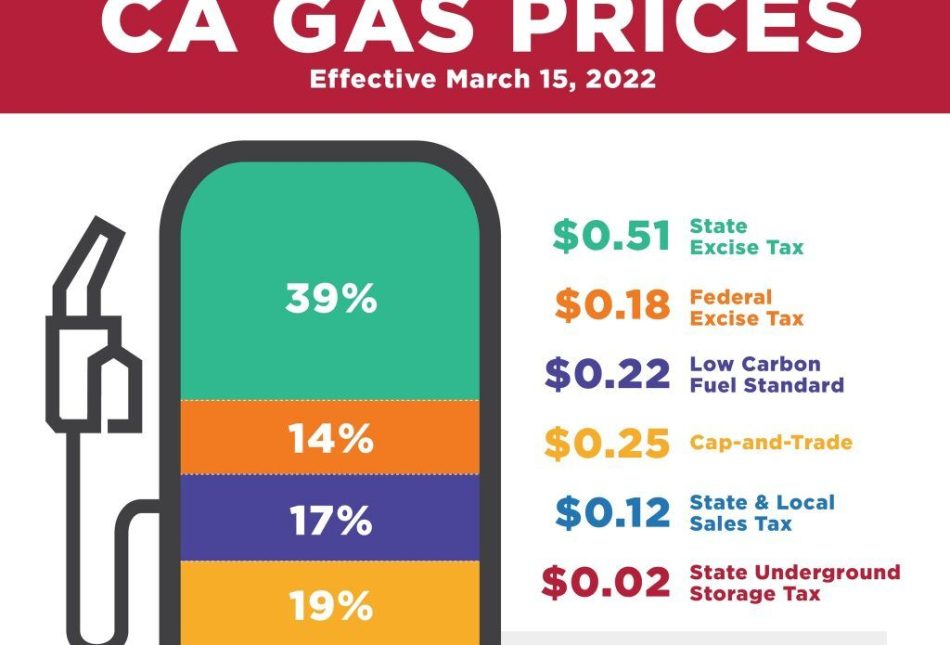NM Clean Fuel Act – Impact and Response

The following was a write up by RGF Policy Analyst Gabriel Higbie relating to the NM Environment Department’s Clean Transportation Fuel Standard Advisory Group. He is attending these weekly meetings and providing details on this site. Here are his comments on the first meeting.
June 21st marked the first Advisory Committee Meeting discussing the regulations that will accompany the implementation of House Bill 41, a Clean Transportation Fuel Act passed by legislation on March 5th, 2024. The bill makes New Mexico the fourth state to pass a Clean Fuel Act after California, Oregon, and Washington, and calls for the Environmental Department to create a program that achieves significant carbon emissions reduction in New Mexico. The Committee established two benchmarks for the program: a 20% CO2 reduction in comparison to 2018 levels by 2030, and an unstated, further reduction by 2040. Following the Advisory Committee Meetings, the Environmental Improvement Board will conduct public and tribal engagement, giving the people of NM an important opportunity to voice their opinions on the subject.
Efforts by the Environmental Department are being led by Claudia Borchert, a climate change policy coordinator, while the Committee itself is comprised of 30 members with experience in clean fuel, environmental policy, and oil and gas who will assist in rule development.
After the rule making process, the EIB will host a hearing and finalize a decision, with the hopes of implementing the Clean Fuel program by Spring of 2025. The team’s economist, Michael Ford, spoke briefly about incentivizing the use of biofuels with a credit system based on California’s energy credit model, which would “reward” citizens for making the transition to clean energy and save them money on their energy bills.
Taos Ski Valley, represented by Matthew Weyer, presented their plan to reduce carbon emissions and preserve the environment, but admitted that the technology to do so was limited, and purchasing biofuels was costly and inefficient for the company. The resort proposed using RD-99 as a replacement fuel for their machines, but due to its ineffectiveness in cold weather and high price – $8.50 per gallon – their goal of significantly reducing CO2 emissions seems to be hindered by the lack of technology available.
Towards the end of the meeting, it became evident that the 2018 carbon emission levels had not even been clearly defined, meaning that there will be no clear starting point or way of measuring progress. The lack of simple information necessary for success already hints that the program might be ill-equipped to make a positive difference.
It is important to remember the importance of Oil and Gas in New Mexico, and despite the NM government’s distaste for the industry it continues to play a vital role in our economy. The regulations imposed by House Bill 41 will likely have a vast impact on the Oil and Gas industry, and we encourage the committee to consider New Mexico’s economic prosperity in addition to reducing carbon emissions.
